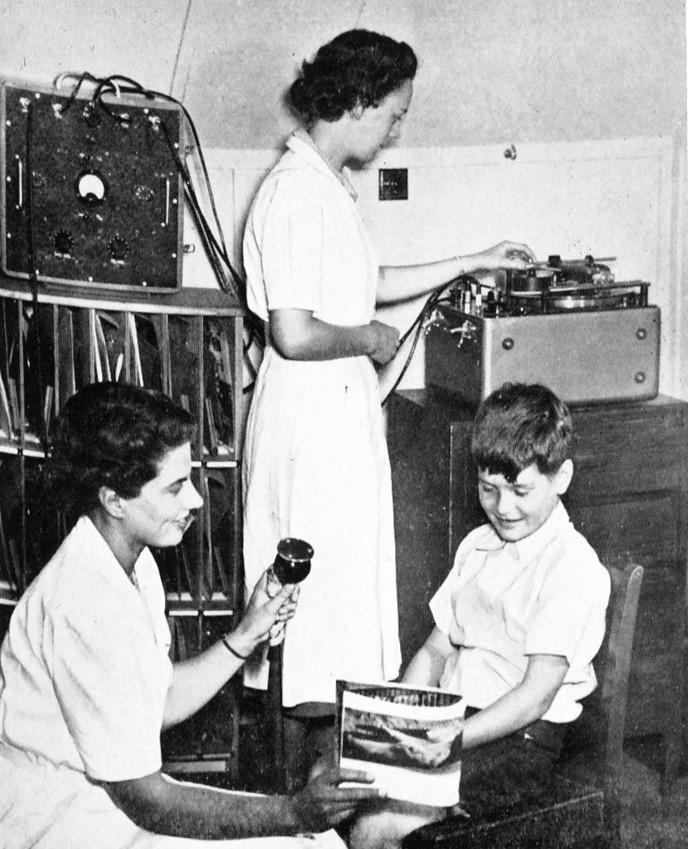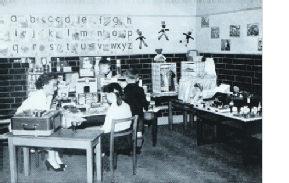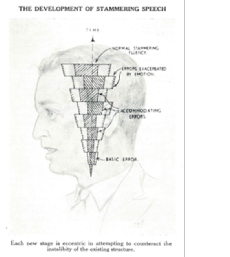The Child's Speech: speech therapy, stammering and activism in Britain, c.1906-2000
Project lead: Dr Andrew Burchell (Wellcome Trust Postdoctoral Research Fellowship)
While many people will be familiar with speech therapy for stammering from elite portrayals - not least the recent series Bridgerton (which everyone appears to have seen except me!) - this project grounds the profession’s development in tandem with the demands, activism and critiques emanating from people who stammer. It examines where the boundary of the 'medical' lies, how particular identities (as 'disabled' subjects, 'people who stammer', as well as professionals) are constructed, and how activism around stammering emerged and evolved. This project grounds speech therapy and stammering as co-constituted and explores what is at stake historically and currently in the embracing of a neurodivergent identity, making use of archival and oral history research.
The history of stammering has it all: 'self-cured' early-twentieth-century peddlers of breathing/syllabic exercises, elocutionist treatments developed by actors, the gradual introduction of speech therapy at the level of local state and the School Medical Services - and the late-twentieth-century creation of the British Stammering Association (founded 1978; rebranded as Stamma in 2019).
You can find out more information about the different strands of this project below:

Speech therapy
How have therapeutic practices changed over time?
How have practices of professionalisation and boundary work been influenced by activism from people who stammer?

Stammering
How has 'stammering' been conceived and understood by a range of actors - including therapists (and their historical predecessors), people who stammer, and activists?
How do these understandings and aetiological models open and foreclose particular formations of identity and possibilities for activism?

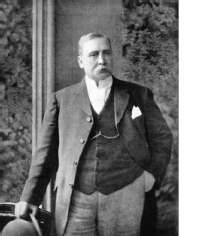 Activism
Activism
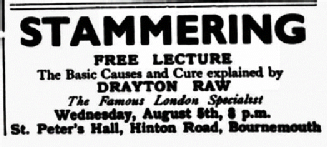
Bournemouth Weekly Post and Graphic, 31 July 1936, p. 5

